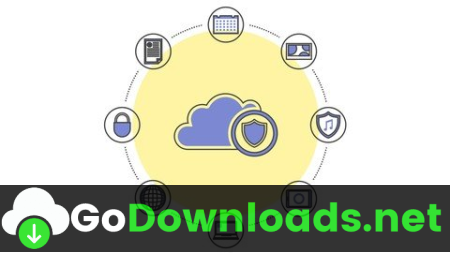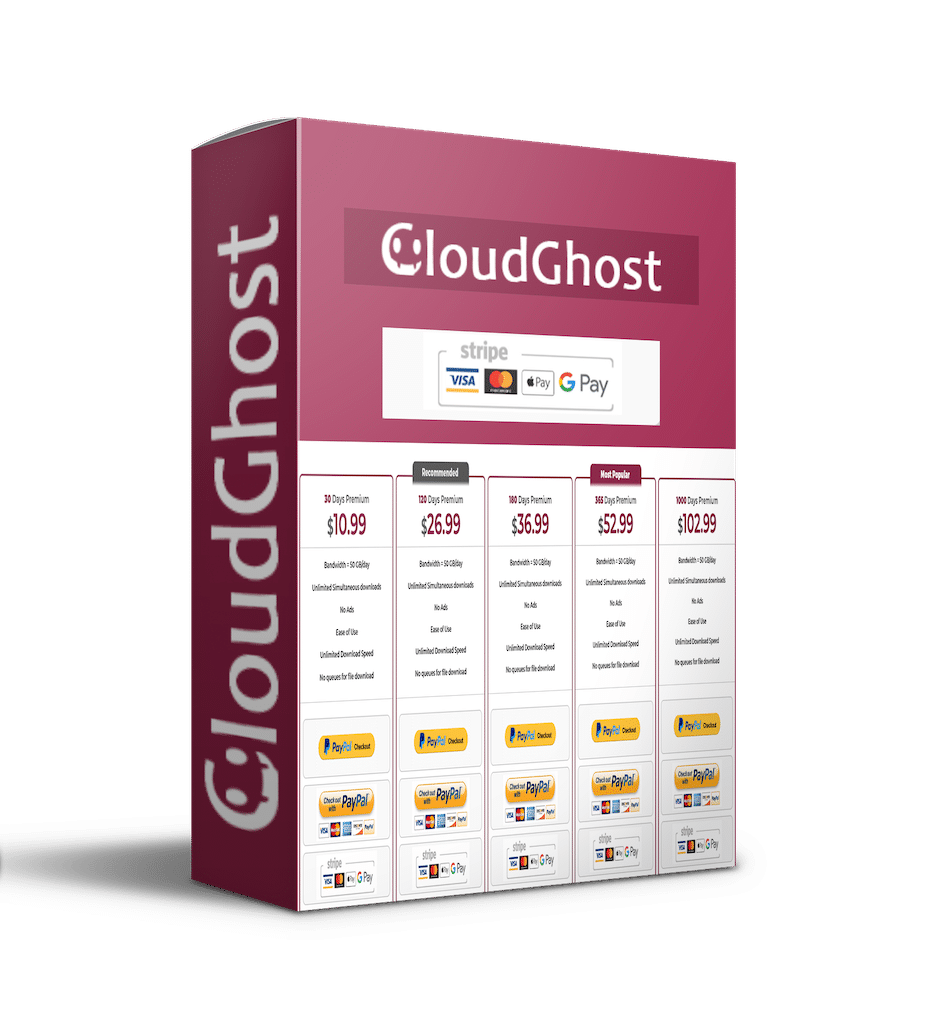Cool
Learning Path Jupyter Learn Jupyter Skills From Scratch Free Download

Last updated 11/2017MP4 | Video: h264, 1280×720 | Audio: AAC, 44.1 KHzLanguage: English | Size: 404.71 MB | Duration: 4h 19m
Probe deep to enhance your expertise into interactive computing, sharing, and integrating using Jupyter
What you’ll learn
Install and run the Jupyter Notebook system on your machine
Implement programming languages such as R, Python, Julia, and javascript with Jupyter Notebook
Use interactive widgets to manipulate and visualize data in real
Start sharing your Notebook with colleagues
Organize your Notebook using Jupyter namespaces
Access big data in Jupyter
Configure Jupyter, console, client, and core modules
Build data dashboards
Monitor application directories
Use remote notebooks
Requirements
Basic understanding on programming languages (preferably javascript, Python, R, Julia, Scala, and Spark) is needed.
Description
Jupyter Notebook is a web-based environment that enables interactive computing in notebook documents. It allows you to create and share documents that contain live code, equations, visualizations, and explanatory text. It is extensively used in domains such as data cleaning and transformation, numerical simulation, statistical modeling, machine learning, and much more. It supports a number of languages via plugins (“kernels”), such as Python, Ruby, Haskell, R, Scala and Julia. So, if you’re interested to learn interactive computing with Jupyter, then go for this Learning Path.
Packt’s Video Learning Paths are a series of individual video products put together in a logical and stepwise manner such that each video builds on the skills learned in the video before it.
The highlights of this Learning Path are
Implement programming languages such as R, Python, Julia, and javascript with Jupyter Notebook
Access big data in Jupyter
Let’s take a quick look at your learning journey. This Learning Path starts with a detailed overview of the Jupyter Notebook system and its installation in different environments. You’ll learn to integrate the Jupyter system with different programming languages such as R, Python, javascript, and Julia. You’ll then explore the various versions and packages that are compatible with the Notebook system. Moving ahead, you’ll master interactive widgets, namespaces, and working with Jupyter in multiuser mode. The Learning Path will walk you through the core modules and standard capabilities of the console, client, and notebook server. Finally, you will be able to build dashboards in a Jupyter notebook to report back information about the project and the status of various Jupyter components.
Towards the end of this Learning Path, you’ll have an in-depth knowledge on Jupyter Notebook and know how to integrate different programming languages such as R, Python, Julia, and javascript with it.
Meet Your Experts
We have combined the best works of the following esteemed authors to ensure that your learning journey is smooth
Dan Toomey has been developing applications for over 20 years. He has worked in a variety of industries and companies of all sizes, in roles from sole contributor to VP/CTO level. For the last 10 years or so, he has been contracting companies in the eastern Massachusetts area under Dan Toomey Software Corp. Dan has also written R for Data Science and Learning Jupyter with Packt Publishing.
Jesse Bacon is a hobbyist programmer that lives and works in the northern Viia area. His interest in Jupyter started acadally while working through books available from Packt Publishing. Jesse has over 10 years of technical professional services experience and has worked primarily in logging and event management.
Overview
Section 1: Jupyter Notebook for All – Part I
Lecture 1 The Course Overview
Lecture 2 First Look at Jupyter
Lecture 3 Installing Jupyter on Windows
Lecture 4 Installing Jupyter on Mac
Lecture 5 Notebook Structure, Workflow, andBasic Operations
Lecture 6 Security and Configuration Operations in Jupyter
Lecture 7 Basic Python in Jupyter
Lecture 8 Python Data Access in Jupyter
Lecture 9 Python pandas in Jupyter
Lecture 10 Python Graphics in Jupyter
Lecture 11 Python Random Numbers in Jupyter
Lecture 12 Adding R Scripting to Your Installation
Lecture 13 Basic R in Jupyter
Lecture 14 R Dataset Access and Visualization in Jupyter
Lecture 15 R Cluster Analysis and Forecasting
Lecture 16 Adding Julia Scripting to Your Installation
Lecture 17 Basic Julia in Jupyter
Lecture 18 Julia Limitations and Standard Capabilities
Lecture 19 Julia Visualizations in Jupyter
Lecture 20 Julia Vega Plotting and Parallel Processing
Lecture 21 Julia Control Flow, Regular Expressions, and Unit Testing
Lecture 22 Adding javascript Scripting to Your Installation
Lecture 23 javascript Hello World Jupyter Notebook
Lecture 24 Basic javascript in Jupyter
Lecture 25 Node.js stats-analysis Package and JSON Handling
Lecture 26 Node.js plotly Package
Lecture 27 Node.js Asynchronous Threads
Lecture 28 Node.js decision-tree Package
Section 2: Jupyter Notebook for All – Part II
Lecture 29 The Course Overview
Lecture 30 Installing Widgets and Widget Basics
Lecture 31 Interact Widget
Lecture 32 Interactive Widget
Lecture 33 Widgets
Lecture 34 Widget Properties
Lecture 35 Sharing Notebooks on a Notebook Server
Lecture 36 Sharing Notebooks on a Web Server and Docker
Lecture 37 Sharing Notebooks on a Public Server
Lecture 38 Converting Notebooks
Lecture 39 Sample Interactive Notebook
Lecture 40 JupyterHub
Lecture 41 JupyterHub – Operation
Lecture 42 Docker and Its Installation
Lecture 43 Building Your Jupyter Image for Docker
Lecture 44 Installing the Scala Kernel
Lecture 45 Scala Data Access in Jupyter
Lecture 46 Scala Array Operations
Lecture 47 Scala Random Numbers in Jupyter
Lecture 48 Scala Closures and Higher Order Definitions
Lecture 49 Scala Pattern Matching and Case Classes
Lecture 50 Scala Immutability
Lecture 51 Scala Collections and Named Arguments
Lecture 52 Scala Traits
Lecture 53 Apache Spark
Lecture 54 Our First Spark Script and Word Count
Lecture 55 Estimate Pi and Log File Examination
Lecture 56 Spark Ps and Text File Analysis
Lecture 57 Spark – Evaluating History Data
Section 3: Jupyter In Depth
Lecture 58 The Course Overview
Lecture 59 Setting Up
Lecture 60 Jupyter CLI Introduction
Lecture 61 The Jupyter Core Module
Lecture 62 The Jupyter Client
Lecture 63 The Jupyter Console
Lecture 64 Generating Configurations from the CLI
Lecture 65 Storing Configurations
Lecture 66 Configuration Extras
Lecture 67 Ipyleaflet
Lecture 68 More Fun with Ipywidgets
Lecture 69 Using the GitHub API
Lecture 70 Utilizing Twitter
Lecture 71 The Notebook Package
Lecture 72 Gdrive Custom Content Managers
Lecture 73 Customer Bundler Extensions
Lecture 74 Custom File Save Hook
Lecture 75 Custom Request Handlers
Lecture 76 Crafting a Dashboard
Lecture 77 The Dashboard Server
Lecture 78 Bokeh Dashboards
This Learning Path caters to all developers, students, and educators who want to execute code, see the output, and comment all in the same document in the browser. Data science professionals will also find this Learning Path very useful in perfog technical and scientific computing in a graphical, agile manner.




